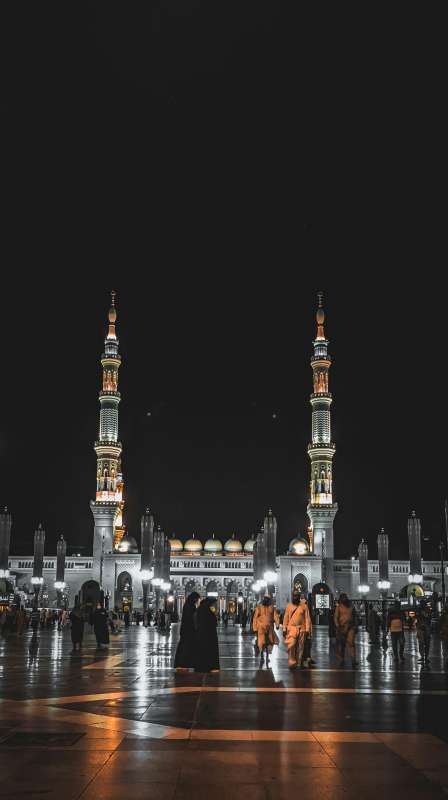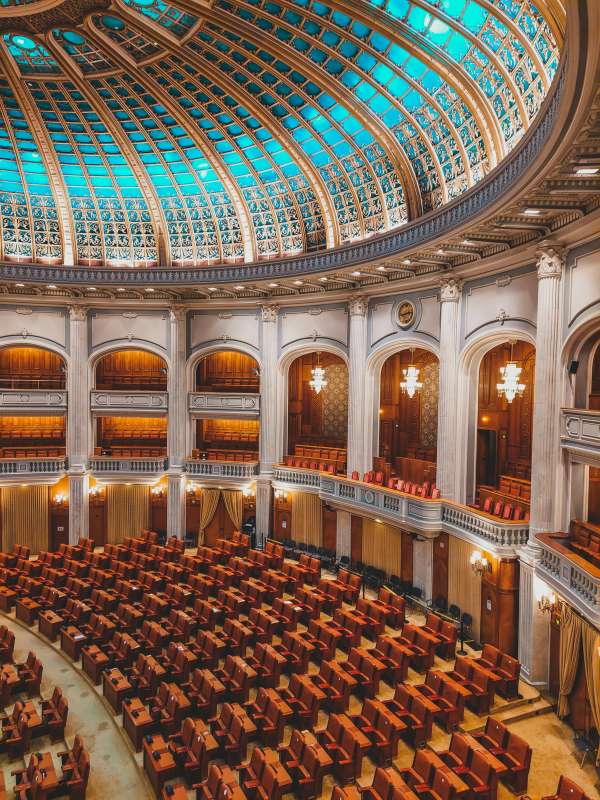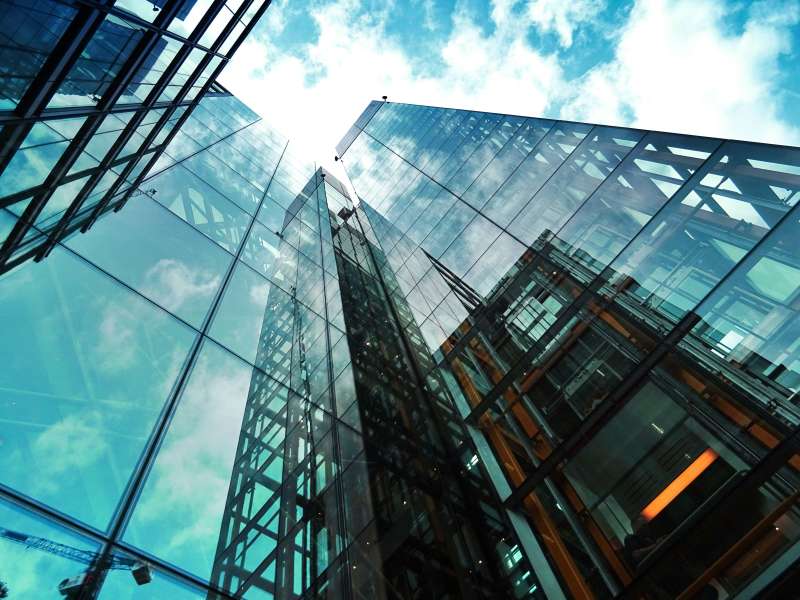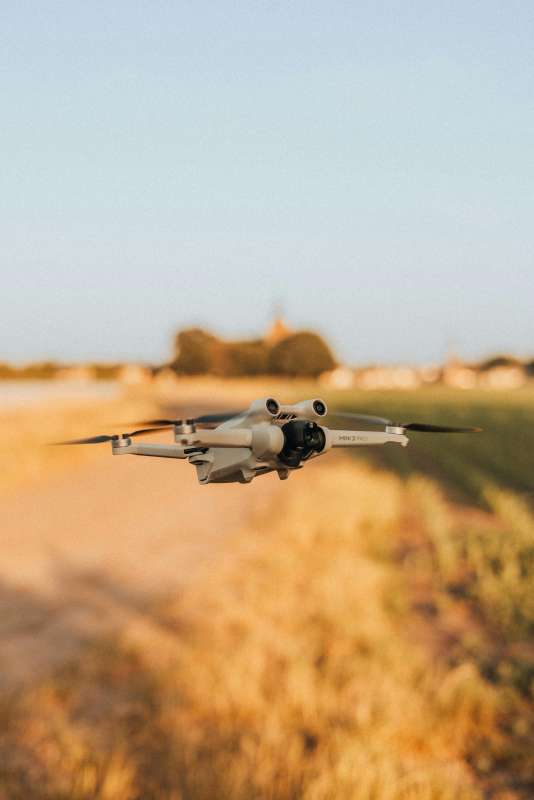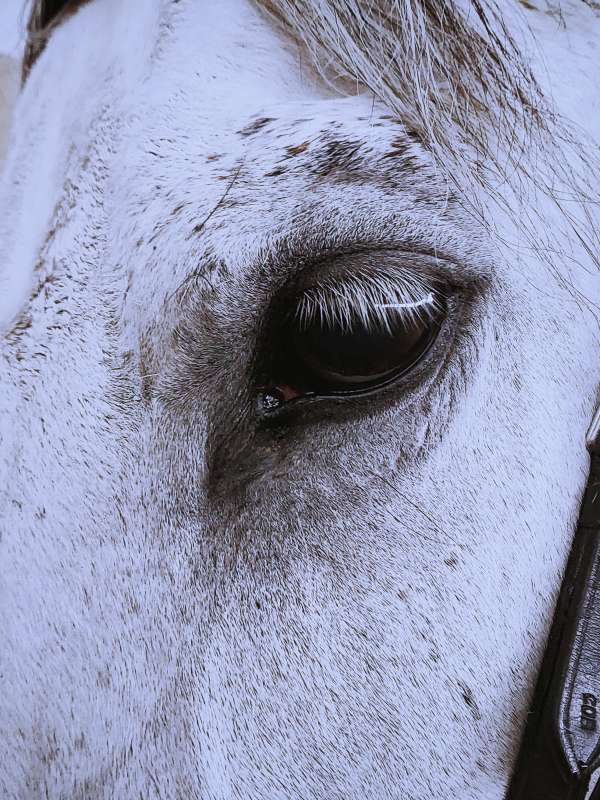A Night at the End of Ramadan: Celebrating Eid al-Fitr (Korité) in Dakar
Published on: May 10, 2025
Korité in Dakar: The Heart of Celebration
As dusk settles over the vibrant streets of Dakar, anticipation shimmers in the humid air. The end of Ramadan, known locally as Korité or Eid al-Fitr, marks a climax in the spiritual and cultural calendar of Senegal. While Islam is the dominant faith, practiced by over 95% of the population, the West African capital renders the holiday uniquely Senegalese—infused equally by ancestral traditions, Sufi brotherhoods, and the city’s renowned sociability.
In the city’s diverse neighborhoods, from the lively Medina district to Yoff and Pikine, the sounds of drumming and laughter echo beneath mango trees and among vibrantly colored homes. Streets are swept, and decorations—often brightly woven fabrics—hang from doors and windows in joyous anticipation. What truly distinguishes Korité in Dakar, however, is the blending of faith and communal identity, a phenomenon woven through every ritual of the celebration.
Communal Prayers: The Faith at the Center
As the crescent moon is sighted and the fasting is declared over, families prepare for the Takussaan prayer, a special Eid prayer performed just after sunrise. Men and women, dressed in sparkling new boubous (long flowing robes) of wax print and embroidery, converge on mosques and improvised outdoor prayer grounds called prayer fields. The city’s biggest mosques, like the Grande Mosquée de Dakar and the iconic Mosque of Divinity overlooking the Atlantic Ocean, overflow with worshippers.
Attending the prayer field is a spectacle: row after row of people line up on straw mats, united by the spirit of spirituality and humility after thirty days of deprivation. The Muezzin’s call to prayer and sermons in Wolof and Arabic reflect on self-improvement, reminding attendees of the importance of generosity, community, and forgiveness—a message particularly aimed at the youth, who are considered the torchbearers of tradition in a rapidly changing world.
As Imam Cheikh Sene, spiritual leader in Yoff, remarks, "Eid is not only about ending the fast. It is a day for renewing bonds with neighbors, seeking forgiveness, and sharing what one has, especially with those who have less. Our young people must carry this spirit forward, as the world changes but our values should remain."
The Ritual of Sharing: Symbolic and Real
After the prayer, the ritual of sharing takes center stage, reflecting the Senegalese concept of teranga—the spirit of hospitality. No table is too small, no home too modest. Dishes are made in abundance and delivered to neighbors and the less fortunate. It’s common for families to prepare platters of thiakry (sweet millet pudding), lakh (millet porridge with milk or yogurt), and ceebu jen (rice with fish), the national dish.
Each neighborhood organizes communal feasts, where the lines between family and community blur. Social status is temporarily set aside as everyone is invited to partake. This custom of sharing food and time with others holds profound symbolic meaning—reinforcing the interconnectedness of Dakar’s urban society and emphasizing values of care, solidarity, and mutual respect.
- Plates of food are exchanged across social, economic, and religious barriers.
- Children and elders alike go from house to house, blessing each meal and expressing gratitude.
This is also when zakat al-fitr, the charitable donation required before Eid prayers, is distributed—sometimes as rice or millet, sometimes as cash, ensuring the most vulnerable in society can truly participate in the celebration.
Stories from the Night: Personal Echoes
Fatou Sarr, a teacher living in Medina, recalls, “Last year, just as we finished prayer, it started to rain—a blessing. We all huddled together under the awning of our neighbor Amadou’s tailor shop, sharing mono (fried dough), laughing about who got wettest. My son exchanged sweets with his friend whose family is Christian. This is Dakar for you—faith and friendship mingling in every moment.”
The Symbolism of New Clothes
The acquisition of new clothes, bayakh, is another essential element of Korité in Dakar. For weeks before Eid, tailors work late into the night, sewing custom outfits from fabrics carefully chosen at the city’s bustling markets like Sandaga and Kermel. Parents save diligently throughout Ramadan to ensure their children can stride proudly in resplendent kaftans, boubous, or sometimes Western-style suits—an outward symbol of spiritual renewal.
For many, the new attire is more than fashion. It represents a fresh start, dignity, and equality. One mother of five in Parcelles Assainies, Aissatou Ndiaye, shares, “Every stitch in these dresses, every coin saved, is love for our children. It is a way to honor God and give our kids the pride of standing tall among their friends, no matter what hardships we faced through the month.”
Music and Celebration: The Pulse of the Night
Senegal is famed for its musical heritage, and Korité is the perfect stage for its exuberance. Drumming circles assemble in central squares, playing the sabar and tam-tam drums late into the night. While Islam frowns upon extravagance, the celebratory rhythm and dance are understood here as expressions of joy and gratitude. Senegal has long harmonized Islamic practice with indigenous musical celebration—a phenomenon championed by the country’s powerful Sufi brotherhoods.
Traditional praise songs, known as zikir or zikr, resonate after prayers, extolling the Prophet Muhammad and invoking blessings. In recent years, popular Senegalese musicians like Youssou N’Dour and Coumba Gawlo have contributed festive tracks played on radios across the city, blending modernity and tradition in soundscapes that reach every generation.
Young men and women engage in friendly dance competitions, sharing videos on social media and spreading the mood of joy throughout Senegalese diaspora communities worldwide.
Family, Youth, and Social Messages
At the core of Korité are multigenerational family gatherings. Grandparents recount stories of how Eid was celebrated in their own youth, sometimes in villages now swallowed by the growing city. Such stories are instructive, transmitting values not just through sermons, but through lived memory. Parents especially urge their children to show respect, forgive petty grievances, and serve the elderly during the holiday.
Each Eid brings discussions about the state of society and the role of young people—a demographic that accounts for more than half of Senegal's population. Community leaders take time to address the youth directly:
- Emphasizing education and the pursuit of wisdom in an increasingly globalized world.
- Highlighting the importance of tradition but also the need for adaptation and openness.
- Encouraging the rejection of violence and extremism, in favor of dialogue and peace—values that have kept Senegal relatively stable and diverse.
The African Tapestry: Beyond Faith
Korité is a showcase for Senegal’s unique religious pluralism and tolerance. The tradition of sending food to Christian neighbors, and Christians reciprocating with gifts during Christmas, is punctuated during this night. Despite being an Islamic holiday, Eid celebrations engage the entire city, often including people of other faiths in the feasting and music making.
Underlying this openness are Senegal’s ancient social structures—the griots, or hereditary storytellers, perform blessings and recite poetry during Eid. Their art is not only entertainment, but a lesson in history and ethical living. Allocutions by griots are a mainstay in upscale homes in areas like Mermoz or Point E, as well as in humbler neighborhoods.
Even the food reflects this confluence: yassa (marinated chicken or fish with caramelized onion sauce) and mafé (peanut stew) have roots in the region’s pre-Islamic history, and they share the Korité table with dishes whose recipes span cultures, ethnicities, and centuries.
Special Customs and Innovations
Increasingly, technology is weaving into tradition. As mobile phones proliferate, so does the custom of sending electronic greetings, prayers, and even e-gifts. WhatsApp groups light up with messages of “Barka da Sallah” or “Bonne Fête de Korité”—greetings in Hausa and French, reflecting the polyglot reality of Senegal.
Younger generations experiment with social media, sharing TikTok dances or organizing Eid photo shoots. Yet, these digital touches remain firmly anchored in longstanding rituals of respect and inclusion, rather than replacing them.
Challenges and the Spirit of Resilience
Korité 2025 will arrive amid a rapidly evolving Dakar, facing economic, environmental, and social pressures. Yet, the celebration persists as a symbol of resilience. It is not unusual for neighborhoods to organize collection drives ahead of Eid, pooling resources so that every family can afford at least a modest celebration. During the COVID-19 pandemic, for example, many families delivered sharing platters anonymously, maintaining social distance without breaking tradition.
For those in the extended diaspora—students in France, merchants in Mali—Korité becomes a time of intense homesickness, but also connection. Families connect over video calls, exchanging prayers and virtual feasts, bridging oceans with both faith and love.
A Night that Illuminates the Year
At midnight, the streets of Dakar still ring with laughter and drumbeats, children sleep clutching new toys or wearing their finest clothes, and elders sip sweet attaya (mint tea), recounting the lessons of Ramadan. The night of Korité is more than the sum of its parts: it is a renewal of community values, a living bond between faith and daily life, and a festival that, even as it evolves, remains rooted in the Senegalese ethos of hospitality, generosity, and shared humanity.
Table: Elements of Korité in Dakar
| Element | Description | Significance |
|---|---|---|
| Takussaan Prayer | Morning communal Eid prayer in mosques and fields | Marks the end of fasting, renews spiritual and social ties |
| Shared Meals | Distribution of food within and beyond families | Reflects teranga and solidarity |
| New Clothes | Wearing custom-made outfits | Symbolizes renewal and social equality |
| Music & Drumming | Cultural and spiritual songs, sabar drumming circles | Blends joy with spiritual thanks, strengthens unity |
| Charity/Zakat | Mandatory giving of food/money to the needy | Ensures inclusion of the less fortunate |
| Storytelling | Griots recounting tales and poetry | Preserves tradition, transmits values to new generations |
| Neighborhood Visits | Going from home to home, exchanging greetings | Cements community bonds, fosters reconciliation |
